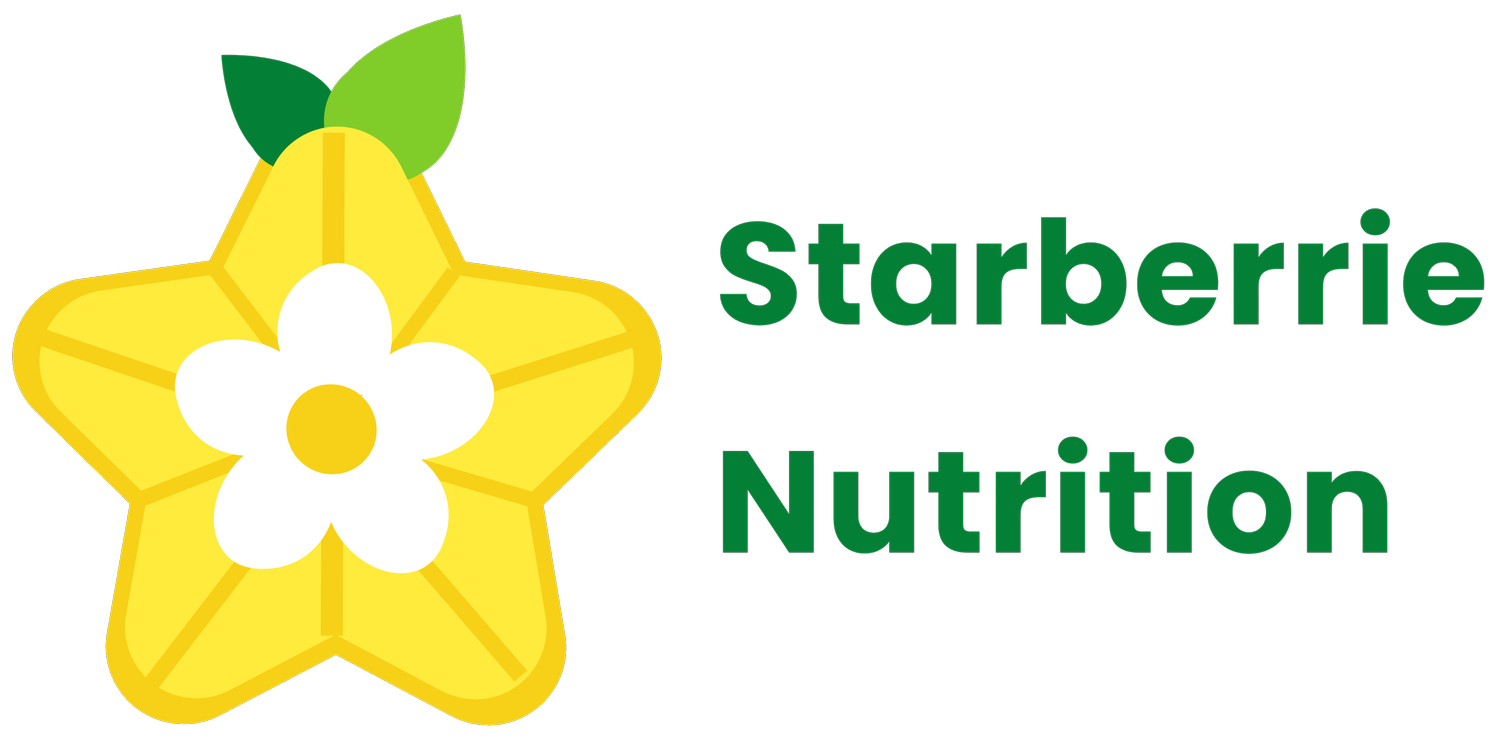Papaya Pain Killers?
Papayas contain a proteolytic enzyme called papain, also known as papaya proteinase I, and can be found in the leaves, roots, and fruit of the papaya plant. Papain-like cysteine proteases (PLCPs), a large group of cysteine proteases structurally related to papain, play important roles in plant development, senescence, and defense responses (Liu et al., 2018).
Several studies in the literature have shown that papaya extracts and papaya-associated phytochemicals possess anti-inflammatory and immunomodulatory properties (Pandey et al., 2016). When C57BL/6 wild-type and Toll-like receptor (TLR4)-deficient mice were used to observe how papain would affect human primary keratinocytes in vitro, they found that papain “exhibited a high epicutaneous inflammatory potential by recruiting neutrophils, mast cells, and CD3-positive cells and by induction of a TH2-biased antibody response. Papain enzymes act as lysosomal enzymes that are released in inflammatory disease processes to mediate inflammation by stimulating the synthesis of prostaglandins and essentially act almost like an aspirin (Gupta et al, 1992). Additionally, it was found that proteasome and papain-like cysteine protease activities are lower in the aging leaves of a brassica plant called Arabidopsis (Rockcress) resulting in less autophagy, an essential process for protein degradation, nutrient recycling, and nitrogen remobilization.
Perhaps this could be translated over to human studies in the future to observe how papain’s anti-inflammatory effects and ability to clear out senescent cells could reduce the effects of aging and modulate inflammatory diseases that come with increased age such as arthritis (Gupta et al., 1992; Havé et al., 2018).
All in all, you would have to eat a lot of papayas on a consistent basis to get the same concentration as painkillers would but it doesn’t hurt to just eat papayas for their wonderful flavors! My personal favorite are Hawaiian papayas!
-
Gupta, O. P., Sharma, N., & Chand, D. (1992). A sensitive and relevant model for evaluating anti-inflammatory activity-papaya latex-induced rat paw inflammation. Journal of pharmacological and toxicological methods, 28(1), 15–19. https://doi.org/10.1016/1056-8719(92)90060-e
Havé, M., Balliau, T., Cottyn-Boitte, B., Dérond, E., Cueff, G., Soulay, F., Lornac, A., Reichman, P., Dissmeyer, N., Avice, J. C., Gallois, P., Rajjou, L., Zivy, M., & Masclaux-Daubresse, C. (2018). Increases in activity of proteasome and papain-like cysteine protease in Arabidopsis autophagy mutants: back-up compensatory effect or cell-death promoting effect?. Journal of experimental botany, 69(6), 1369–1385. https://doi.org/10.1093/jxb/erx482
Liu, J., Sharma, A., Niewiara, M. J., Singh, R., Ming, R., & Yu, Q. (2018). Papain-like cysteine proteases in Carica papaya: lineage-specific gene duplication and expansion. BMC genomics, 19(1), 26. https://doi.org/10.1186/s12864-017-4394-y
Pandey, S., Cabot, P. J., Shaw, P. N., & Hewavitharana, A. K. (2016). Anti-inflammatory and immunomodulatory properties of Carica papaya. Journal of immunotoxicology, 13(4), 590–602. https://doi.org/10.3109/1547691X.2016.1149528

